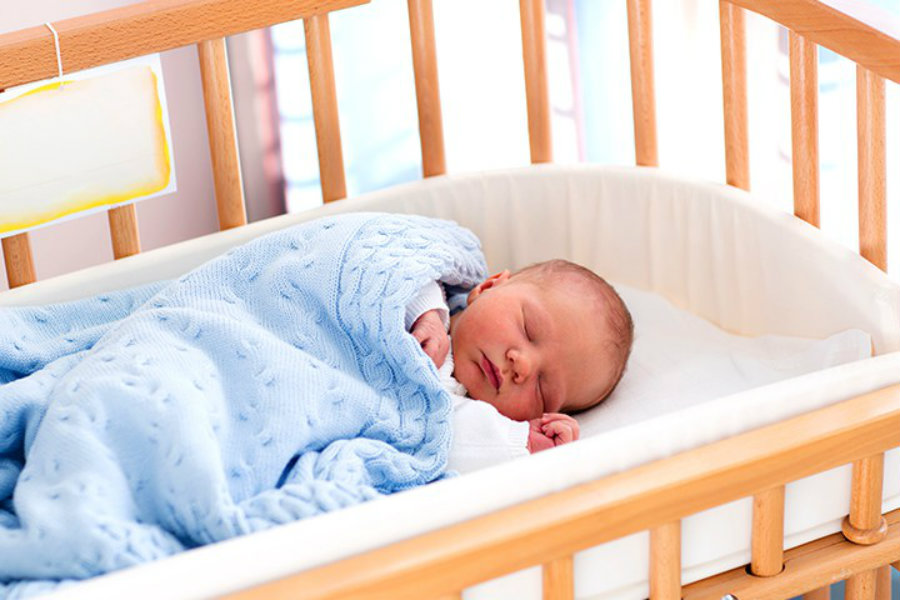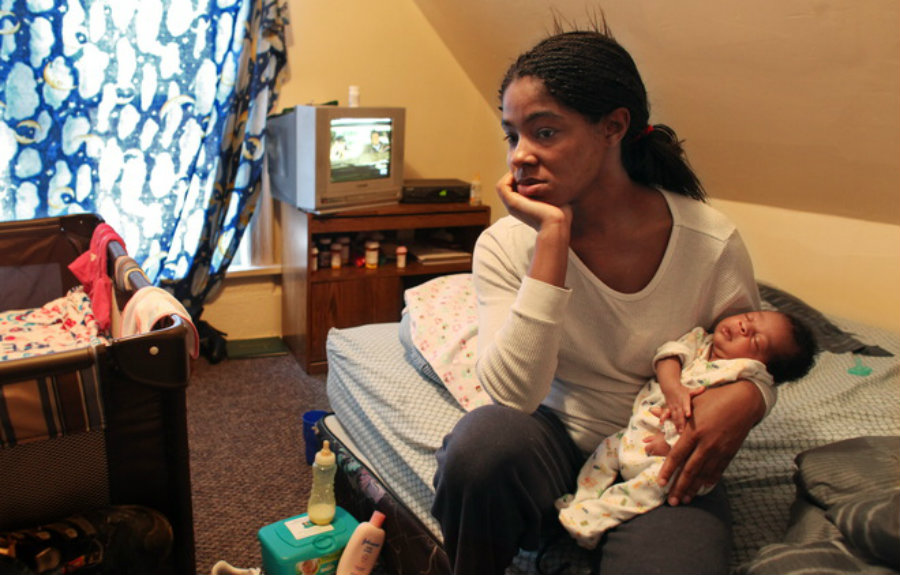Despite the many years of public health education, more than a half of American mothers are still putting their babies to sleep in an unsafe position, according to a new study published in the medical journal Pediatrics.
Since 1994, the Safe to Sleep campaign has been telling both caregivers and parents that the supine position should always be the one chosen when the sleeping-time comes for their babies. Otherwise, the infants might suffer serial health damages or even death.

According to experts, it’s “frustrating” the number of parents that don’t put their babies to sleep lying face-up, considering that the chances for them to suffer the sudden infant death syndrome (SIDS) are higher when they sleep upside down.
Putting babies to sleep over their tummies increases the risk of SIDS
Doctors recruited mothers – whose infants were between the ages of two and six months old – from 32 different US hospitals. They asked them which position they usually chose to put their babies to sleep, and which other positions they thought were not a problem for the health of their infants. Doctors also evaluated their demographic and economic conditions, their proper doctors’ advice, and their behaviors.
From a total of 3297 mothers examined, 77.3 percent knew that a baby needs to sleep in a supine position to avoid SIDS or any other health risk. However, less than a half practiced it all the time. Just 43.7 percent of mothers tended to and actually put their babies to sleep face-up.
“What was new and hadn’t been explored before was this idea of what people intended to do versus what they actually do,” said the professor of pediatrics at Yale School of Medicine and co-author of the study, Dr. Eve Colson. “What we found was that people intended to put their baby on their back but didn’t always do that.”
Researchers also stated that mothers weren’t always the ones who picked the sleeping-position for their infants. Sometimes it was up to another family member or to the actual baby, who tended to turn upside its bellies while sleeping.
Mothers usually don’t bed down their babies on their back because they fear the infant is going to choke, or because they think that position is more comfortable for their children.
African-American mothers are mostly unaware of SIDS
According to authors, the research oversampled Hispanic and African-American women to specifically know how susceptible this ethnic-group is to choose an incorrect sleeping-position for their babies. The result showed that they were less predisposed to put their infants in a prone position, compared to other demographics.

In 2015, the CDC reported about 3,700 sudden unexpected infant deaths in the United States. 1,600 were reported to be due SIDS, 1,200 for unknown causes, and 900 were because of accidental suffocation and strangulation when babies were in bed. The sudden unexpected infant death rate of black non-Hispanic children was 170.2 per 100,000 live births between 2011 and 2014, more than twice that of non-Hispanic white infants (83.8 per 100,000).
“There’s very much a culture of putting babies on their stomach in an African-American community,” said Dr. Rachel Moon, a pediatrician who has studied SIDS in African-American communities and was not involved in the new study. “There’s a lot more dependence on grandmothers and other senior family members as trusted sources, and lots of times, the information that you get from your family members is more persuasive than what you get from physicians and other sources.”
A public campaign to inform people about SIDS
The Eunice Kennedy Shriver National Institute of Child Health and Human Development (NICHD) in partnership with the American Academy of Pediatrics, the Maternal and Child Health Bureau of the Health Resources and Services Administration, the SIDS Alliance (now First Candle), and the Association of SIDS and Infant Mortality Programs launched a health campaign in 1994 called Safe to Sleep or Back to Sleep campaign.
The Safe to Sleep campaign seeks to inform and educate caregivers, parents, and their families about the risks of putting their babies to sleep in a prone position and how to avoid it. This was a measure taken after one of its research concluded this could lead babies to suffer from SIDS and other sleep-related causes of infant death.
“If we can’t find ways to work with families to achieve behavior change, so that parents want to keep their babies supine and believe that it makes a difference, then we are not going to see further gains in terms of reducing sleep-related deaths and our postnatal infant mortality rate in the U.S,” said Dr. Michael Goodstein, a neonatologist for WellSpan York Hospital and a member of the AAP Task Force on SIDS.
According to the campaign’s website, SIDs rates have decreased in almost 50 percent of US’ population. However, it’s still the leading cause of death for babies between 1 month and 1 year of age.
Source: Pediatrics
